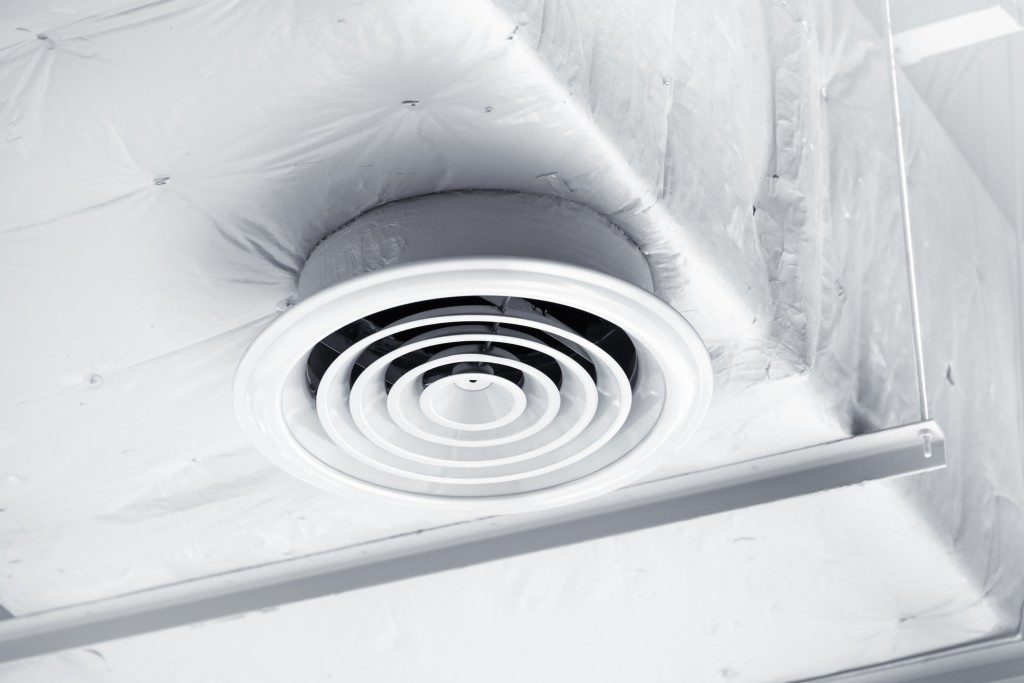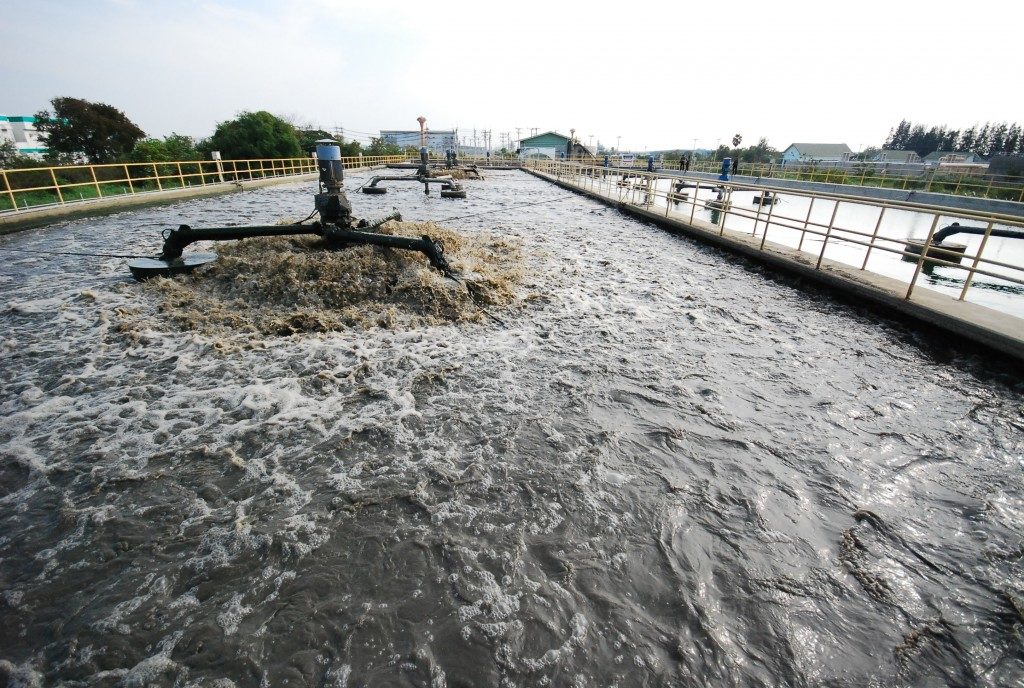Woodworking is an active and growing industry. There were about 428,500 employees in the wood products sector in 2017. However, woodworking and processing wood products expose workers in workshops to numerous hazards such as fire, injuries from tools, and wood dust. But today, we’ll be focusing more on the latter. Wood dust is produced during almost all stages of wood processing, and not only is it highly flammable, but it can also cause a myriad of health complications.
Health Issues Caused by Wood Dust
The International Agency for Research on Cancer (IARC) categorized wood dust as carcinogenic to humans; in other words, it can cause a nasal cavity, paranasal sinuses, and nasopharynx cancer. Skin exposure to wood dust can also result in dermatitis and can easily irritate the eyes, nose, and throat. It can also cause several respiratory complications such as decreased lung capacity, occupational asthma, and hypersensitivity pneumonitis, to name a few. Certain species of woods also have toxic effects; for example, maple can cause rhinitis and asthma, rosewood can cause eczema, and spruce can cause skin irritation and wood-pulp worker’s disease.
That said, it’s vital for wood workshops (and any occupation or industry that deals with wood) to take the following precautionary measures to protect woodworkers from wood dust:
#1 Gear Up
Avoiding contact and inhalation of wood dust is the most obvious way of protecting woodworkers from its adverse health effects. Utilize air filtration masks to protect the nose and lungs, wear clothing that covers as much skin as possible to prevent contact, and goggles to protect the eyes from being irritated (and also to shield them from projectiles).
#2 Tools, Techniques, and Alternatives
Sharp cutting and drilling tools can significantly reduce wood dust generation. As such, it’s essential for woodworkers to keep their tools sharp and well-maintained not only to improve efficiency but also to minimize fine dust generation in the workshop. Proper and careful use of tools can also help in reducing the amount of wood dust being generated. Your wood workshop may also want to buy a laser engraver as it generates almost no dust as compared to traditional wood engraving techniques, and also allows for finer and faster engraving.
#3 Dust Collection and Air Cleaning
Wood dust generation can never be prevented when processing wood, but you can minimize the presence of wood dust by having workshop vacuums and air cleaning systems that continually collect dust in the workshop and keep the air breathable (or at least minimize airborne irritants).
#4 Improve Ventilation (Or Have an Open Work Area)
 The workshop should be well-ventilated to allow clean air to circulate into the room while also letting dust out. Alternatively, you can utilize an open (non-enclosed) work area for wood processing to ensure maximum ventilation. However, even with good ventilation or having an open work area, woodworkers should still be encouraged to use masks.
The workshop should be well-ventilated to allow clean air to circulate into the room while also letting dust out. Alternatively, you can utilize an open (non-enclosed) work area for wood processing to ensure maximum ventilation. However, even with good ventilation or having an open work area, woodworkers should still be encouraged to use masks.
#5 Basic Housekeeping
Make it a habit to thoroughly clean the workshop before and after operations. Use industrial vacuum machines to remove dust and other particles from floors, walls, and work surfaces. Follow-up by cleaning the work surfaces and floors with a wet mop and cloth, respectively. It may sound like a lot of extra work, but it’s well worth doing so, especially when you consider how wood dust can impact one’s health.
#6 Regular Checkups
Even with all these precautionary measures, it’s still important for woodworkers to get regularly checked in order to detect any occupational health issues so they can be detected and treated as early as possible.
Conclusion
Wood dust is an unavoidable hazard in wood workshops and occupations that processes wood and can cause numerous health issues, so make sure that you take note of these tips in order to protect your workshop from it.





